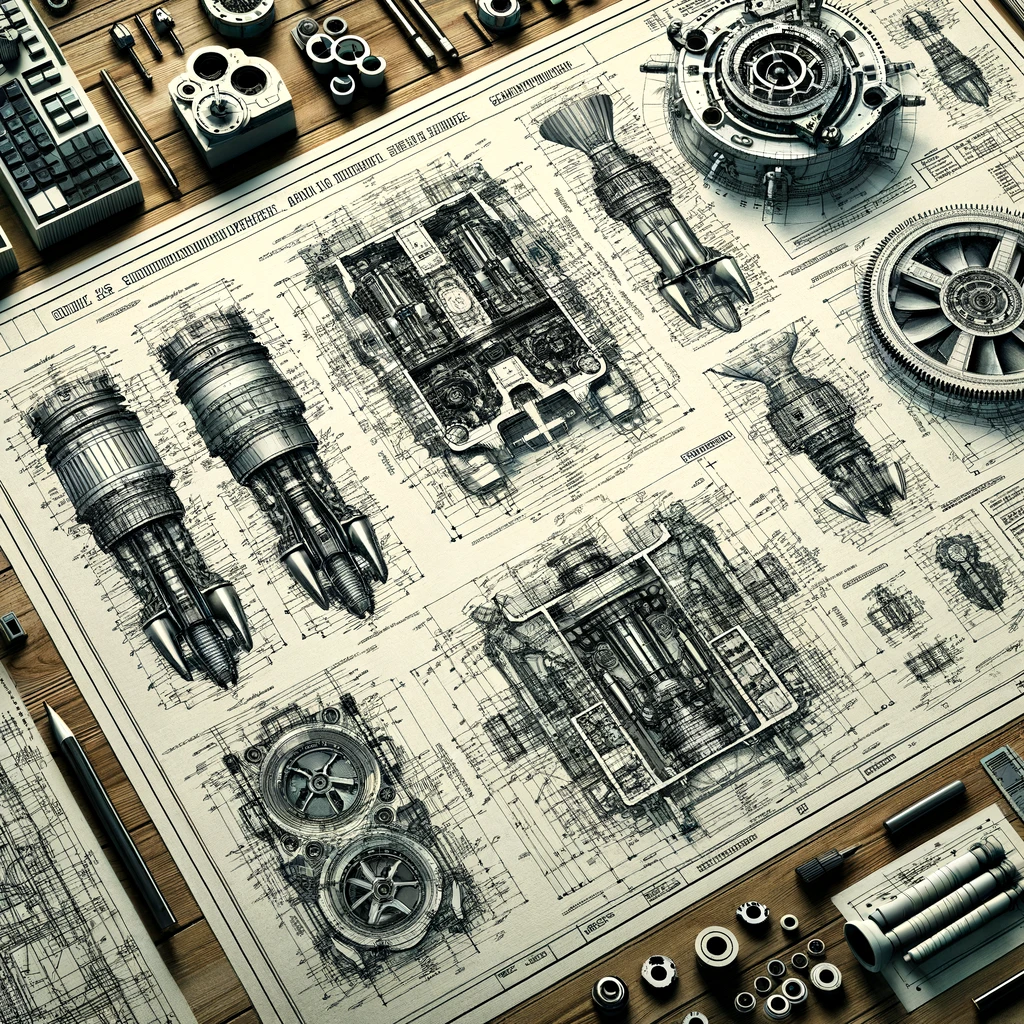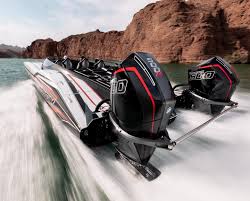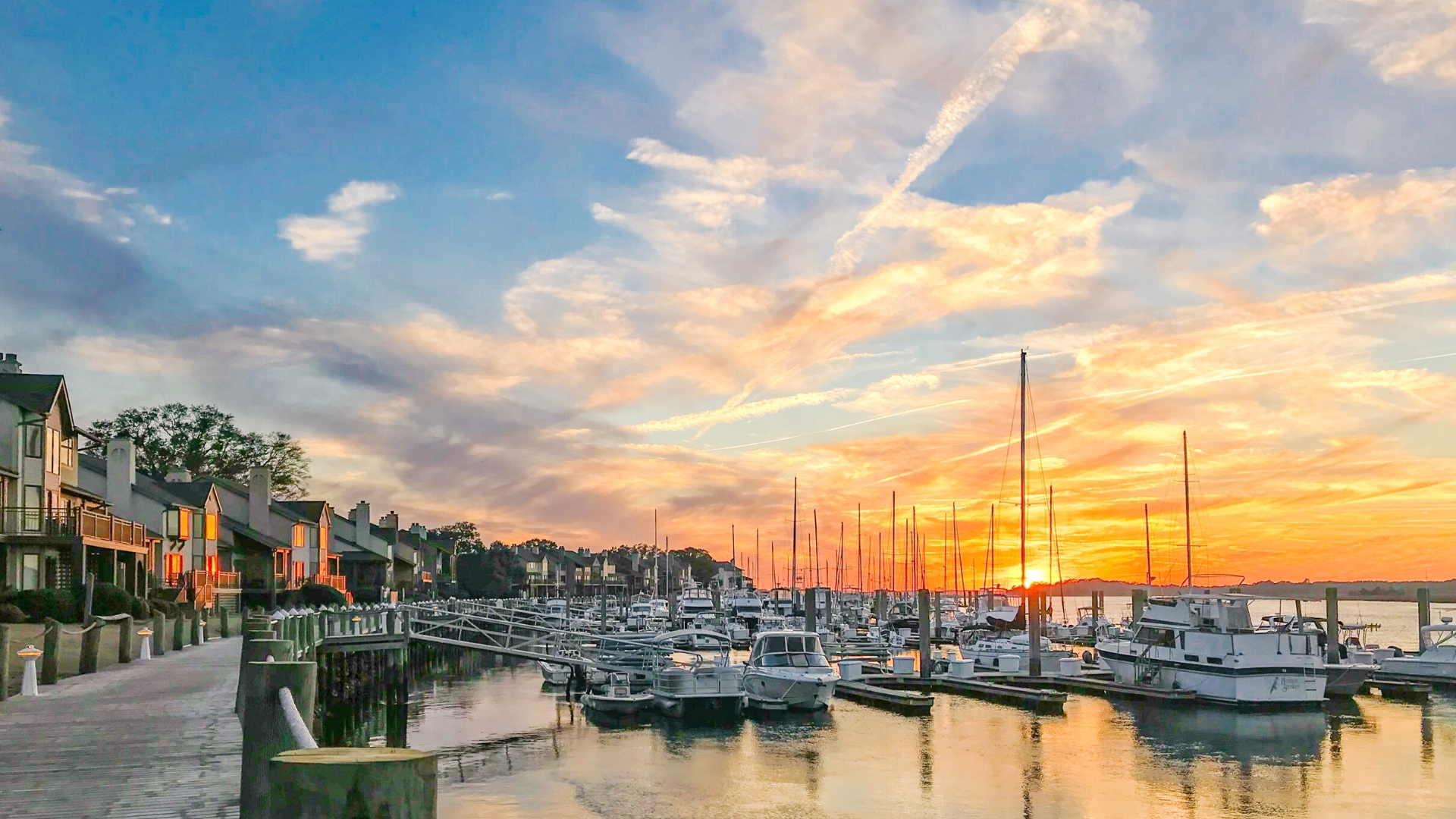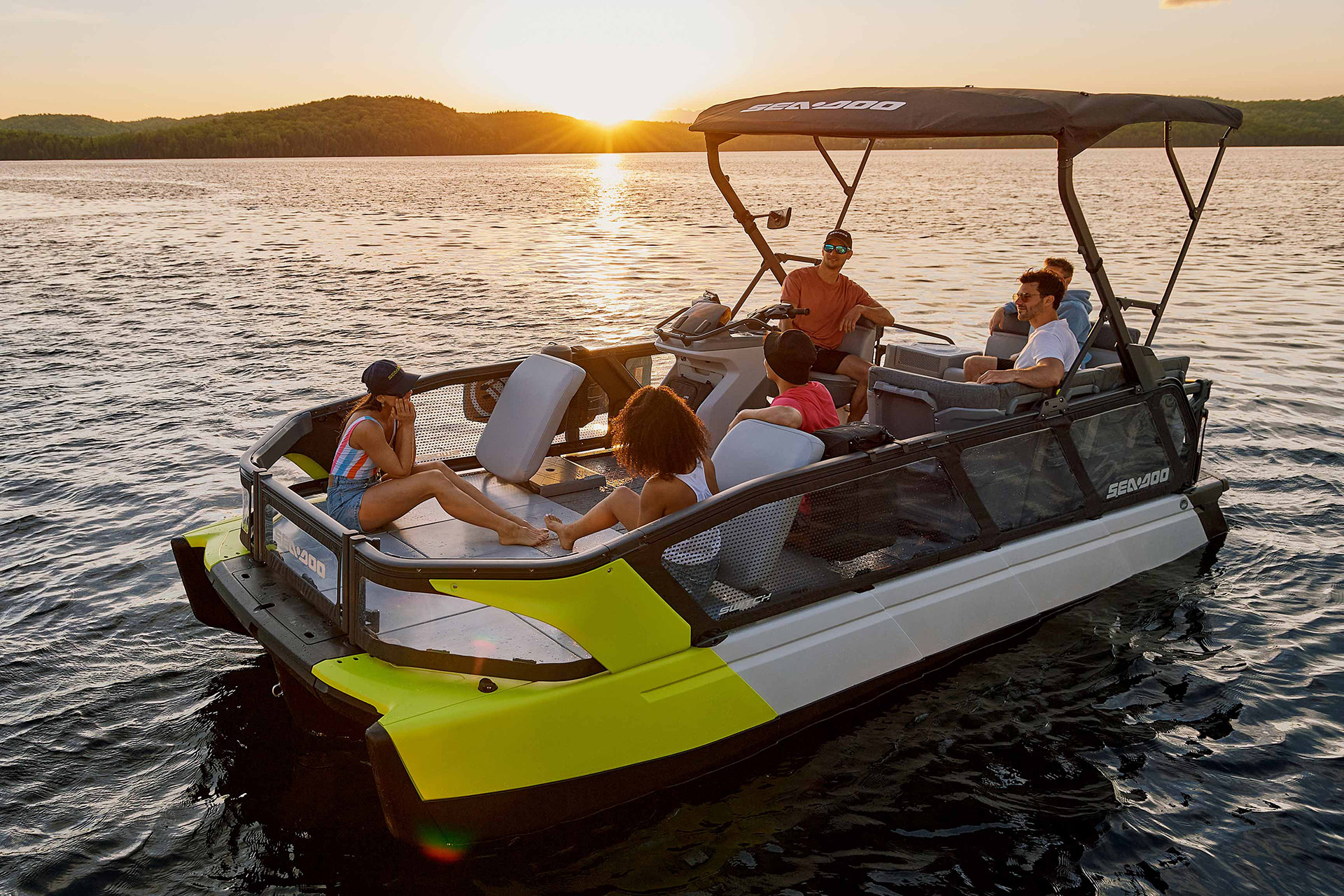Beginners Guide to Boating at Night
Boating at night offers a unique and magical experience on the water. The calm darkness and twinkling stars create a peaceful atmosphere that many boaters find appealing.
Night boating requires extra caution, proper equipment, and specific skills to ensure safety on the open water.
Nighttime boating can be exciting for beginners, but it's important to be prepared.
Boaters need to learn how to read navigation lights, use radar, and operate spotlights effectively. These skills help prevent accidents and make night trips more enjoyable.
Proper preparation is key for a safe night on the water. This includes having the right safety equipment, knowing how to communicate with other boats, and understanding the rules of nighttime navigation.
With the right knowledge and tools, even new boaters can have a great time exploring after dark.
Key Takeaways
- Night boating requires special equipment and skills for safe navigation
- Proper lighting and communication tools are essential for nighttime trips
- Understanding navigation rules and safety precautions ensures an enjoyable experience
Basics of Nighttime Boating
Boating at night requires special skills and precautions.
Reduced visibility and altered depth perception create unique challenges for nighttime navigation.
Understanding Reduced Visibility at Night
Boating after dark changes familiar waters into a different world. Visibility drops significantly, making it hard to spot obstacles or other boats.
Ambient light from the moon, stars, or nearby shore can help, but it's not reliable. Depth perception becomes tricky, as distances are harder to judge.
Boaters must rely more on instruments and less on visual cues. Navigation lights become crucial for identifying other vessels and their direction of travel.
To cope with reduced visibility:
- Use proper lighting on your boat
- Slow down to allow more reaction time
- Keep a constant lookout in all directions
- Use radar if available
Fundamentals of Night Navigation
Night navigation demands extra caution and preparation. Boaters need to be familiar with their surroundings and equipment.
Key navigation tools for nighttime boating include:
- Compass
- GPS
- Charts (paper and electronic)
- Radar (if equipped)
Proper use of navigation lights is essential. These lights help other boaters see you and understand your boat's size and direction.
Boaters should plan their route carefully before setting out. It's wise to stick to familiar waters at night when possible.
Speed should be reduced to allow for slower reaction times. This helps prevent accidents in case of unexpected obstacles or other boats.
Essential Navigation Equipment
Proper navigation equipment is crucial for safe boating at night. The right tools help boaters see their surroundings, avoid obstacles, and stay on course in low visibility conditions.
Navigation Lights and Light Configurations
Navigation lights are essential for night boating. They help other vessels see your boat and understand its direction of travel. Different boat types have specific light configurations:
- Power-driven vessels: Red and green sidelights, white stern light, white masthead light
- Sailboats: Red and green sidelights, white stern light
- Anchored boats: All-round white light visible from all directions
Boaters must ensure their lights are working properly before heading out at night. It's also important to know how to interpret other boats' light configurations to determine their type and direction.
Using GPS Devices for Night Navigation
GPS devices are invaluable for night navigation. They provide accurate position information and help boaters stay on course.
Modern GPS chartplotters offer features like:
- Real-time position tracking
- Route planning and waypoint marking
- Depth information and underwater hazard alerts
- Integration with other onboard systems
When using GPS at night, it's important to:
- Set the screen to night mode to reduce glare
- Keep the device updated with the latest charts
- Use it in conjunction with visual navigation techniques
The Importance of Radar at Night
Radar is a critical tool for night navigation, especially in low visibility conditions. It helps detect other vessels, landmasses, and obstacles that may not be visible to the naked eye.
Key benefits of radar for night boating:
- Detects objects beyond visual range
- Provides information on object distance and direction
- Helps navigate through fog or rain
Boaters should practice using radar during daylight hours to become familiar with interpreting the display. It's important to adjust the radar's range and gain settings based on current conditions for optimal performance.
Communication and Signaling Tools
Proper communication and signaling tools are vital for safe nighttime boating. These tools help boaters stay in touch with others and signal for help if needed.
VHF Radio for Nighttime Use
A VHF radio is a key tool for night boating. It lets boaters talk to other boats and coastal stations.
Boaters should keep their radio on Channel 16, the main calling and emergency channel.
VHF radios work well at night because they don't need light to function. Before heading out, boaters should test their radio and make sure it's fully charged.
Key VHF radio tips for night use:
- Speak clearly and slowly
- Use proper radio etiquette
- Know how to make a distress call
Understanding Sound Signals
Sound signals are crucial for night boating safety. They help boats communicate when visibility is low. Boaters need to know what different sound signals mean.
Common sound signals:
- One short blast: Passing on starboard side
- Two short blasts: Passing on port side
- Three short blasts: Engines in reverse
- Five short blasts: Danger signal
Boats should have a working horn or whistle to make these signals. Practice using sound signals before going out at night.
Emergency Flares and Signaling Procedures
Emergency flares are important safety tools for night boating. They help other boats or rescuers find you if you're in trouble.
Types of flares:
- Hand-held flares
- Parachute flares
- Smoke flares (for daytime use)
Boaters should know how to use flares safely. Only use them in real emergencies. Check the expiration dates on flares regularly and replace them as needed.
Other signaling tools for night use include flashlights and strobe lights. A powerful spotlight can help signal for help or illuminate objects in the water.
Boating Safety After Dark
Nighttime boating requires extra caution and preparation. Proper gear, speed control, and following navigation rules are key for a safe experience on the water after sunset.
Life Jackets and Safety Gear
Life jackets are crucial for nighttime boating safety. Make sure everyone wears a Coast Guard-approved life jacket that fits properly.
Keep a flashlight or headlamp handy for each person on board. These help with visibility and can signal other boats if needed.
Pack extra batteries for all electronic devices. A fully charged cell phone in a waterproof case is essential for emergencies.
Bring warm, waterproof clothing. Temperatures can drop quickly at night on the water.
Maintaining a Safe Speed and Lookout
Slow down when boating at night. Reduced visibility makes it harder to spot obstacles or other boats.
Assign a dedicated lookout to help the captain. This extra pair of eyes can spot potential hazards early.
Use all available tools for navigation. GPS, radar, and depth finders are valuable aids in the dark.
Be aware of your surroundings. Listen for other boats and watch for lights on the shore or from other vessels.
Rules of the Road and Collision Avoidance
Learn to identify different navigation lights. Red and green lights indicate a boat's direction of travel.
Follow the "rules of the road" for boating. These guidelines help prevent collisions between vessels.
Give way to boats on your starboard (right) side. If you see both red and green lights ahead, slow down or stop to let the other boat pass.
Use your horn to signal your presence in foggy conditions or when visibility is poor.
Proper Use of Lighting
Boat lighting is crucial for safe night navigation. Different lights serve specific purposes and must be used correctly to comply with regulations and avoid accidents.
Spotlights and Searchlights
Spotlights and searchlights are essential for nighttime boating. They help identify hazards, locate markers, and assist in emergencies.
Use spotlights sparingly to avoid blinding other boaters.
Aim spotlights downward and away from other vessels. Sweep the light across the water's surface to detect obstacles.
Don't leave spotlights on continuously. This can confuse other boaters and disrupt night vision.
Some areas restrict spotlight use. Check local rules before operating at night.
Running Lights and Sidelights
Running lights and sidelights are mandatory for night boating. They show your boat's position and direction to others.
Sidelights include:
- Red light on port (left) side
- Green light on starboard (right) side
These lights should be visible for 1 mile and cover a 112.5-degree arc.
Running lights vary by boat size:
- Under 12 meters: Combined red/green sidelight and white stern light
- 12-20 meters: Separate sidelights, stern light, and masthead light
Always check lights before heading out. Replace any faulty bulbs immediately.
Docking Lights and Stern Light
Docking lights help when approaching a slip or marina. Use them sparingly to avoid blinding others.
The stern light is a white light visible from behind your boat. It should:
- Be visible for 2 miles
- Cover a 135-degree arc
Some boats use an all-round white light instead. This light is visible from all directions.
For sailboats under 20 meters, a tricolor light at the masthead can replace separate sidelights and stern light.
Always ensure your stern light is unobstructed by gear or passengers.
Handling and Maneuvering
Boating at night requires extra care and skill. Proper handling and maneuvering techniques are crucial for safety on dark waters.
Steering and Throttle Control at Night
Night boating demands heightened awareness and precise control. Boaters should reduce speed to improve maneuverability and reaction time.
It's important to use smooth, gradual movements when steering and adjusting throttle.
Sudden changes in direction or speed can be disorienting in the dark. Boaters should keep a steady hand on the wheel and maintain a consistent speed when possible.
Using landmarks or navigation aids as reference points can help with orientation.
Binoculars can be useful for spotting distant objects or lights. However, they should be used cautiously to avoid losing overall situational awareness.
Docking in Low Light Conditions
Docking at night presents unique challenges. Boaters should approach slowly and use spotlights to illuminate the dock area.
It's crucial to have fenders and dock lines ready before approaching.
Assigning crew members specific tasks can improve efficiency. One person can handle lines while another manages communications with the dock.
Using hand signals or radios can help coordinate efforts in low visibility.
Safety precautions are vital when docking at night. All crew members should wear life jackets and stay alert for unexpected obstacles. Having an emergency plan in case of difficulties is also important.
Practice docking in daylight before attempting it at night. This builds confidence and familiarity with the boat's handling characteristics.
Additional Considerations for Night Boating
Night boating requires extra precautions to ensure safety. Boaters should focus on having additional help on board and staying informed about environmental conditions.
Securing an Extra Pair of Eyes
Boating at night demands heightened awareness. A designated lookout is crucial for spotting potential hazards.
The lookout should be positioned at the bow, away from any onboard lights. This allows their eyes to adjust to the darkness, improving visibility.
Rotate lookout duties among crew members to prevent fatigue. Each person should take 15-20 minute shifts.
Equip the lookout with night vision binoculars if possible. These tools can help spot distant objects or lights that might be hard to see with the naked eye.
Monitoring Weather and Water Conditions
Weather can change quickly, especially at night. Check forecasts before departure and during the trip.
Use a marine radio to receive real-time weather updates. Pay attention to wind speed and direction changes.
Monitor water conditions closely. Look for changes in wave patterns or unexpected currents.
Be aware of tides and their impact on water depth. Shallow areas that were safe during the day may become hazardous at night.
Use depth finders and GPS to track your position and water depth. This helps avoid running aground in unfamiliar areas.
Frequently Asked Questions
Night boating requires special equipment, safety measures, and navigation skills. Proper lights, safety gear, and awareness of regulations are crucial for a safe experience after dark.
What specific navigation lights are required for boating at night?
Boats need running lights at night. These include a red light on the port side, a green light on the starboard side, and a white light at the stern. Larger boats may need an additional white masthead light.
The lights help other boaters see your position and direction of travel. It's important to check that all lights are working before heading out.
What are the most important safety precautions when operating a boat at night?
Night boating demands extra caution. Wearing life jackets is essential. Boaters should reduce speed and stay alert for obstacles.
Having a charged phone, marine radio, and emergency flares is crucial. It's wise to inform someone on land about your trip plans and expected return time.
How do you navigate and avoid collisions in low visibility conditions?
Using navigation tools like GPS, radar, and depth finders helps avoid hazards.
Boaters should maintain a proper lookout and listen for other vessels.
Slowing down gives more time to react to obstacles. Using spotlights to check for buoys or other markers can improve safety.
What should a boater do if they encounter a single white light while boating at night?
A single white light often indicates an anchored vessel. Boaters should slow down and pass at a safe distance.
If the light is moving, it could be another boat's stern light. In this case, don't overtake unless it's safe to do so.
Are there any special regulations for night boating in coastal waters?
Coastal waters may have specific rules for night boating. Some areas restrict nighttime speed or require extra safety equipment.
Boaters should check local regulations before heading out. Some places may require permits for night boating in certain areas.
What equipment should be used to enhance night vision for safe boating after dark?
Red-tinted flashlights help preserve night vision.
Night vision goggles can be useful for spotting obstacles.
Radar systems aid in detecting other boats and land masses.
Proper use of spotlights can help identify navigation markers and potential hazards.
Charlie is Editor-in-Chief of Sea Magazine







